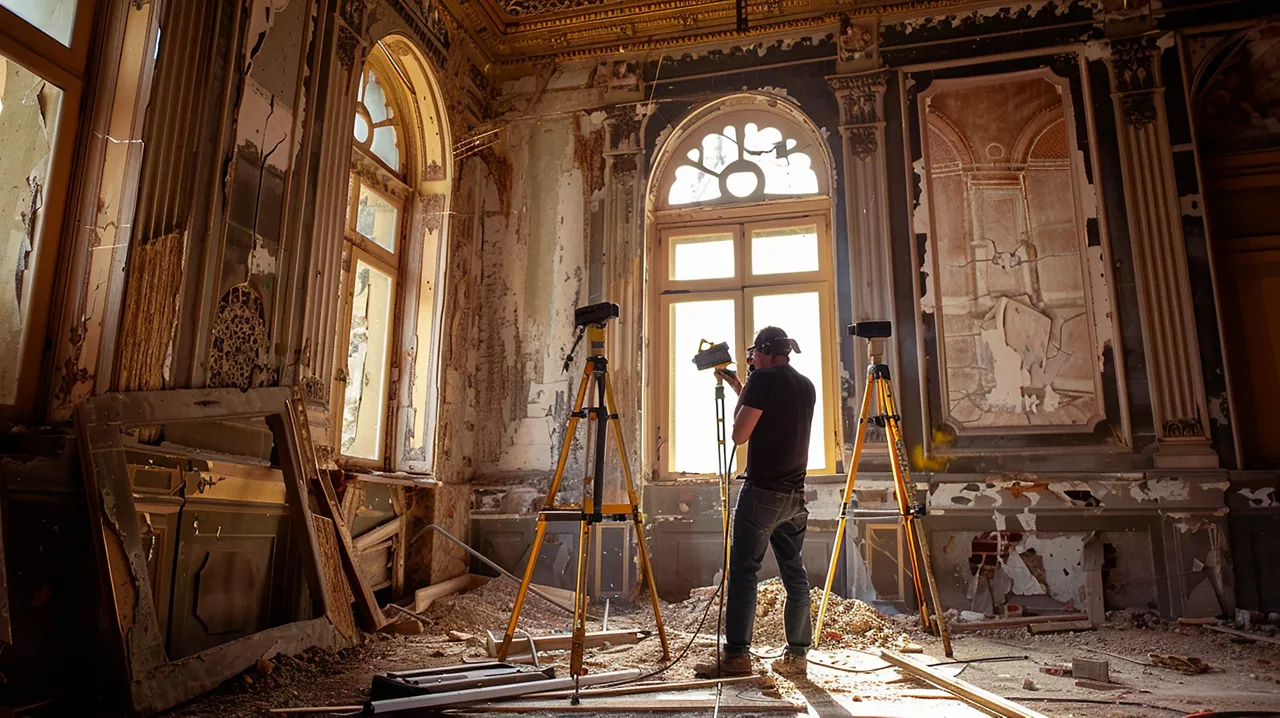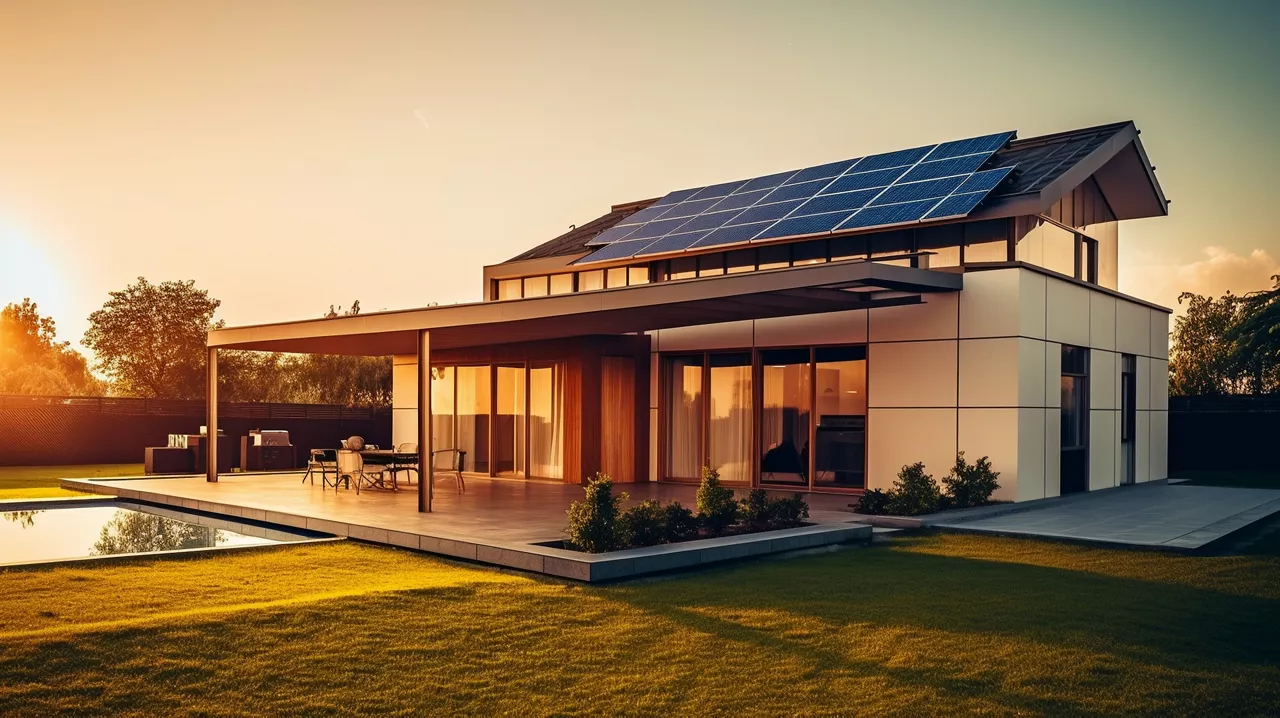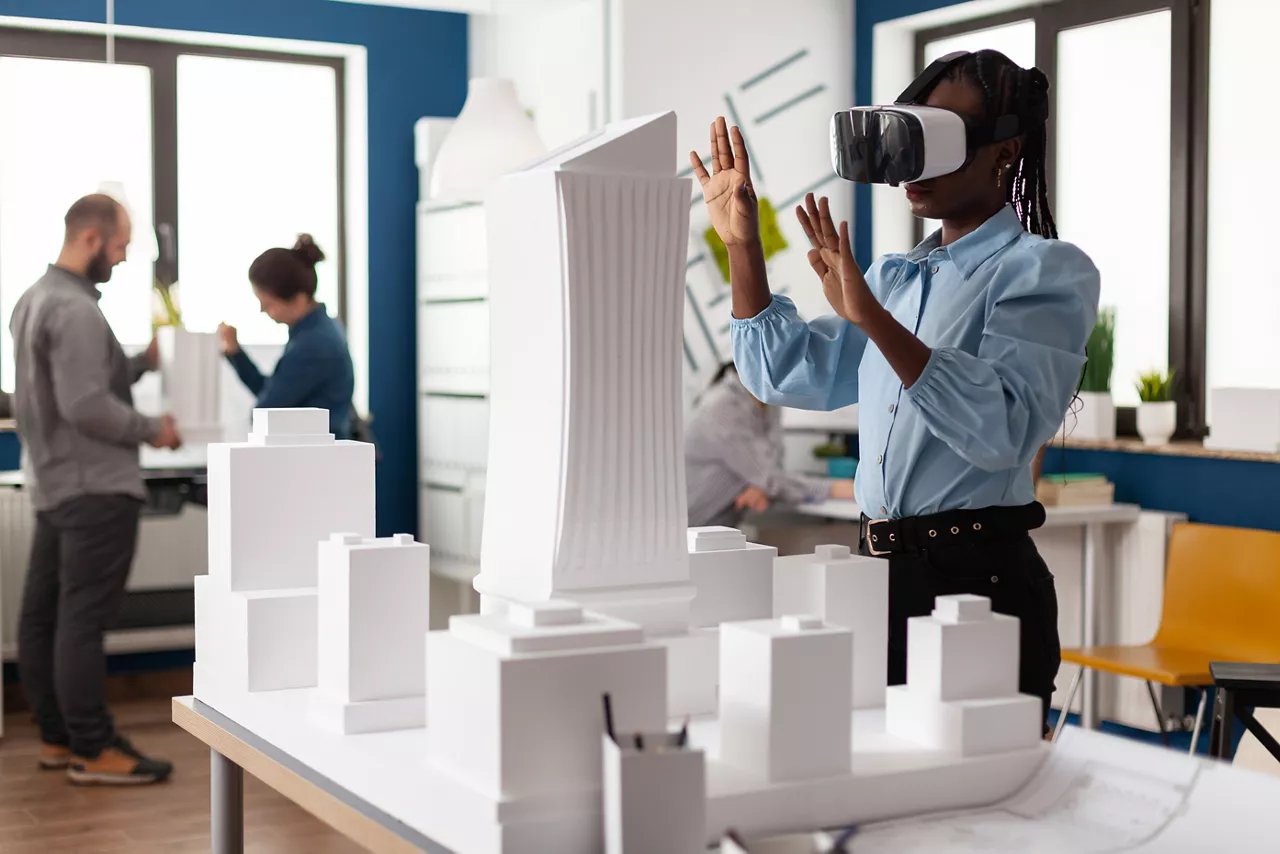
Renovation Revolution: Transforming Existing Homes for Modern Living
As lifestyles change and technologies advance, the concept of renovating a space is also evolving rapidly. Therefore, existing homes must be renovated to adapt to modern needs and structures. Renovating spaces enhances functionality, sustainability, aesthetics, and comfort. However, this space transformation requires the right strategy. In this blog, we will understand the challenges of renovation and how to overcome them through strategic planning.
● The Challenge of Modernisation
○ Integrating modern systems into older structures.
○ Modifying the existing systems to meet new standards.
○ Understanding the existing home designs.
○ Assessing current structures and plans.
○ Maintaining the character of the original home.

● Strategies for a planned renovation:
1. Understanding the Building’s Essence:
The first step in any renovation project is assessment. Before making any changes, it is essential to understand a building’s existing condition, historical significance, and architectural requirements. This involves studying the structure, its materials, construction techniques, and design elements. Different buildings need different renovation plans. For instance, in heritage buildings, it is crucial to identify the features that define their character. Decorative exteriors, unique window designs, or original structural elements like wooden beams or stone masonry--these elements must be preserved to retain the building's identity. However, preservation should not come at the cost of functionality. Architects and engineers must evaluate—
- Does the building's layout meet modern needs?
- Can the structure handle new additions?
- Are the electrical and plumbing systems robust enough for today's demands?
Addressing these questions early in the process helps to identify areas where modernisation is necessary.
2. Sustainability as a Core Focus:
Sustainability is the most crucial part of modern renovation. Homeowners and professionals can prioritise eco-friendly materials and energy-efficient designs. For example, incorporating solar panels, energy-efficient windows, and improved insulation can reduce a home’s carbon footprint. Architects and engineers must also consider using sustainable materials for renovations. This not only contributes to a greener future but also ensures the longevity and life cycle of the overall renovation work. The incorporation of rainwater harvesting systems, greywater recycling, and green roofs can further enhance a home's sustainability, aligning it with modern living standards.

3. Aesthetic and Functional Upgrades:
The aesthetic aspect of renovations is crucial, but it must go hand in hand with functionality. Modern living requires more natural light, flexible spaces, and seamless indoor-outdoor transitions. Architects can achieve this by incorporating open-space designs such as larger windows, skylights, and sliding glass doors to open living spaces to the outdoors. Functionality also extends to comprehensive storage solutions and space utilisation. People are more likely to prefer a modern living space with ample storage without sacrificing the area. Built-in cabinetry, under-stair storage, and multipurpose furniture can maximise space in smaller homes.
4. The Role of Technology:
Technology plays a vital role in modern renovations. Smart home systems, which control lighting, heating, and security, are becoming standard nowadays. Integrating these systems during renovation requires careful planning of electrical and networking. However, incorporating technologies alone is not enough. It is also necessary to ensure these technologies align with the home's design. Hence, architects and engineers can leverage tools such as Building Information Modeling (BIM). BIM allows for precise planning and visualisation of renovation projects. It minimises the errors before renovating, ensuring all stakeholders are aligned before construction begins.

The renovation revolution is reshaping how we think about existing homes. For architects and engineers, the task is to balance—
- Modernisation with preservation,
- Sustainability with style and
- Technology with tradition.
The demand for modern living spaces is growing every day. Hence, the professionals in the field must continue to innovate and adapt to such needs. Renovation is not just about transforming old structures; it’s also about meeting the requirements of today’s homeowners while preserving their unique characteristics. By carefully renovating, one can not only preserve heritage spaces but also save the old structures from demolition. It will make such spaces more sustainable for the future generation without compromising their tradition and structural integrity.
Subscribe and stay updated!
Get all the updates on our latest articles and client stories. Subscribe now!
Other articles you might like
-
TIPS AND TRICKSJan 07 2025| 3.00 min ReadTips to build a new home in 2021 The journey from buying a plot of land to constructing your own home on it is pretty amusing. It takes a long time and requires your complete dedication.
-
TIPS AND TRICKSJan 07 2025| 2.30 min ReadHow To Remove Mold From Your Roof Guide for Algae & Moss Removal on Your Roof · 1. Using Pressure Washers 2. Using Water-Bleach Mixture 3.Using Trisodium Phosphate & More. Click to Know More!
-
Home designsJan 07 2025| 2.00 min ReadSummer Home Maintenance Hacks Summer Home Maintenance Checklist · 1. Repair & Repaint 2. Prepare To Stay Cool 3. Don't Miss The Roof 4. Keep Your Grass Green 5. Check Your Gutters & More
-
Interior productsFeb 02 2023| 3.00 min ReadHow To Estimate Your Home Building Cost Home Construction Cost Calculator by tata aashiyana can assist you to determine approximate home construction cost based your choice of materials.






